Customize parts using blocks, not your time
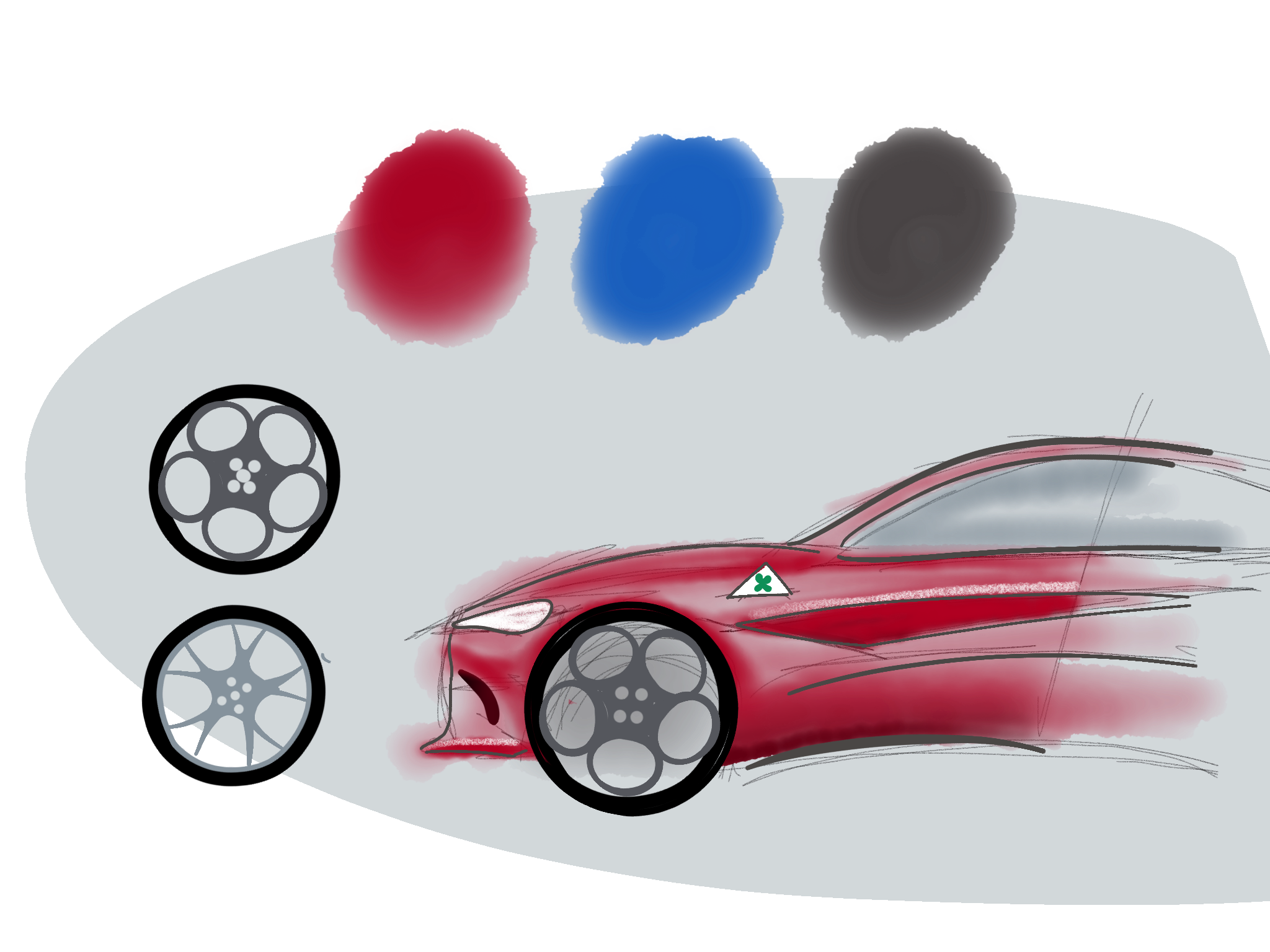
Written by .ZERO
Published on November 16, 2020
Mass customization: production strategy aimed at satisfying customer needs while preserving the efficiency of mass production. At .Zero here's how we view mass customization, and how using nTop helps us achieve it successfully.
sMass customization is not a concept of the additive world. In the automotive business, there are numerous proofs of successful customization: for example, car configurators allow customers to customize their car, choosing the look and the style, colors, interiors and additional accessories.

Fig. 1 Car Configurator.
The level of customization depends on the number of possible choices and the number of total combinations. Having the flexibility in making different components match perfectly is the concept of mass customization, and indeed it becomes a natural consequence of the tool-less construction process in Additive Manufacturing (AM). For this reason, customization in the AM world can do more: it can obtain customization that is not the result of a selection of predefined choices. This extreme and revolutionary concept pushes classic design methods to the limits. Designing 10 or 10,000 (even if only slightly) different components certainly has a different weight. The problem, however, is in the design process and its tools. Classic modeling techniques require a lot of "manual" work time, which is sometimes similar to beginning the modeling from scratch. But isn't it true that "manual" processing time is the real spearhead or blocker of a customized object?
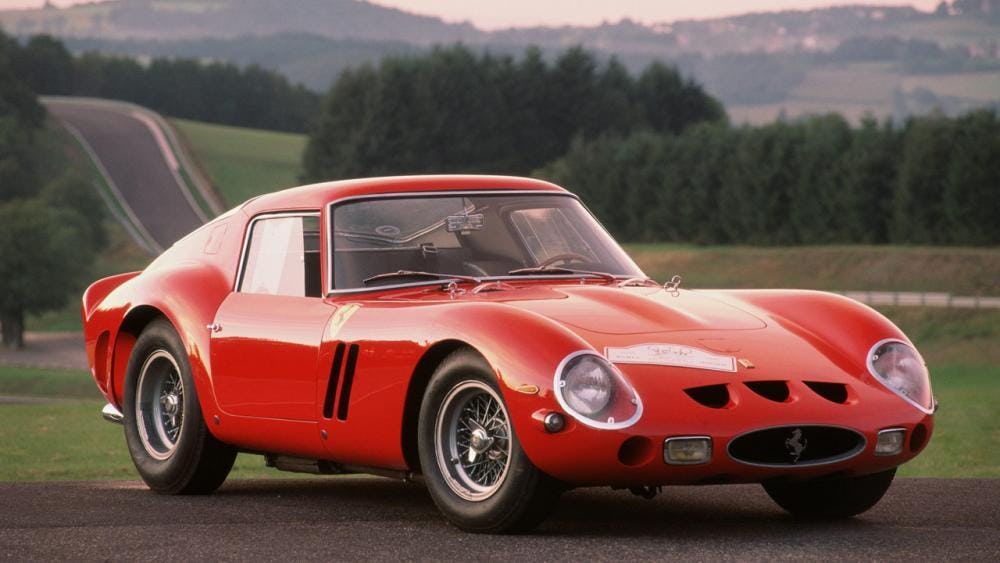
Fig. 2 Ferrari 250 GTO.
It is the opinion of many that the Ferrari 250 GTO is the best Ferrari of all time. The obsessive attention to detail elevates an object to its highest levels of expression, transcending the common to become a unique "piece of art". The aluminum panels, all beaten by hand, and the v12 engines are all unique pieces.
At .ZERO, we like to reverse engineer the concept and question it. With technology aside and focusing on design, we asked ourselves: can we maintain that added value of manual labor while preserving the efficiency of mass production?
We tried to answer the question starting from our point of view. Engineering has always had nature as its main source of inspiration. For us, this represents a scientific laboratory that has been open for millions of years. In nature, everything is custom. Everything that has a genetic base and over time is affected by external conditions. For example, you will never find two identical oak trees, because they share the same base, but not the same history. An object is unique in the multitude of variables by which it is affected. For us, nTop is the software that fits perfectly with our point of view.
Modeling the component in the Body section is like working or manipulating the component genetics. Whatever the complexity, it can always be influenced by external conditions (which are inputs in the software).
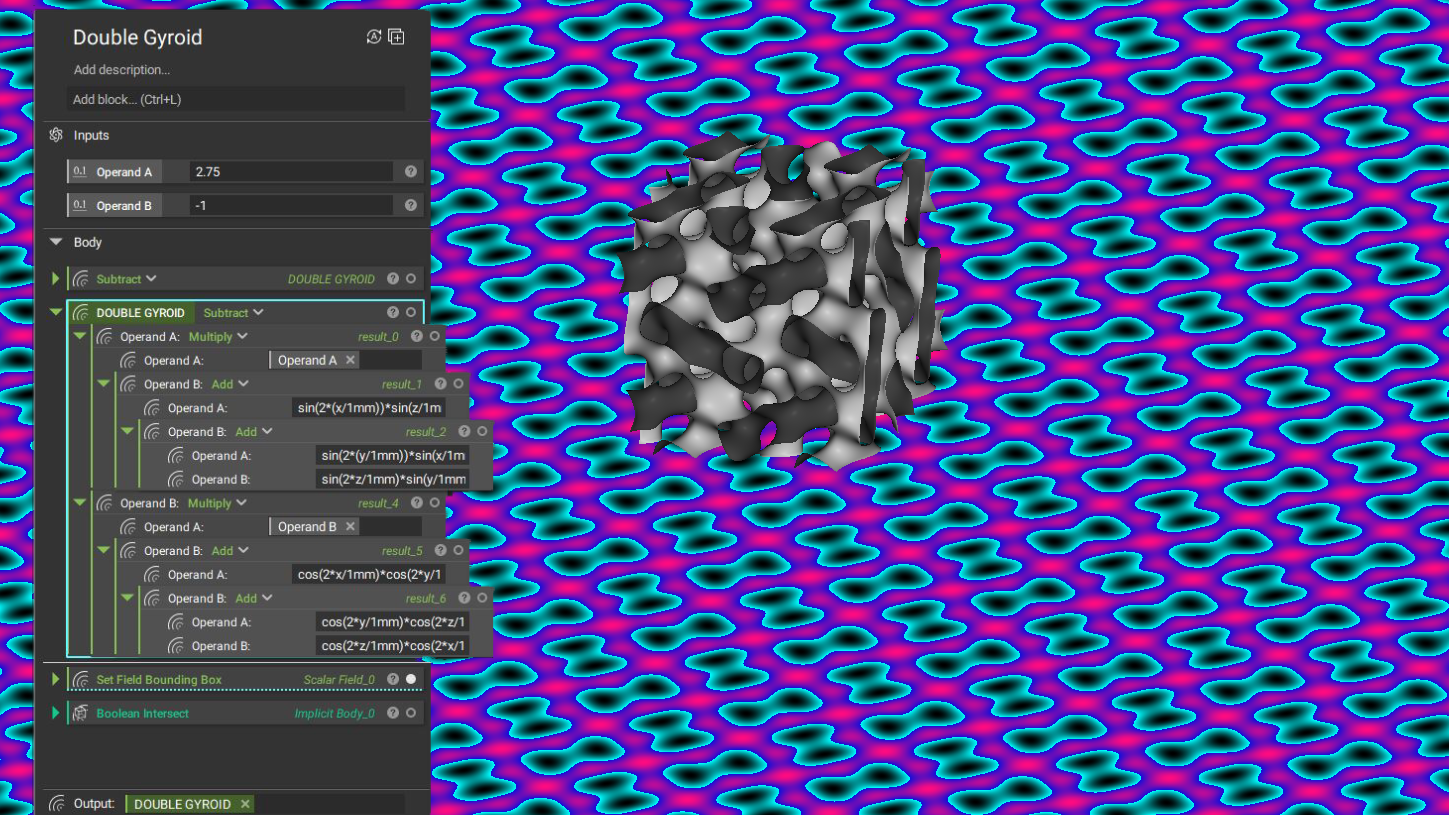
Fig. 3 Double Gyroid.
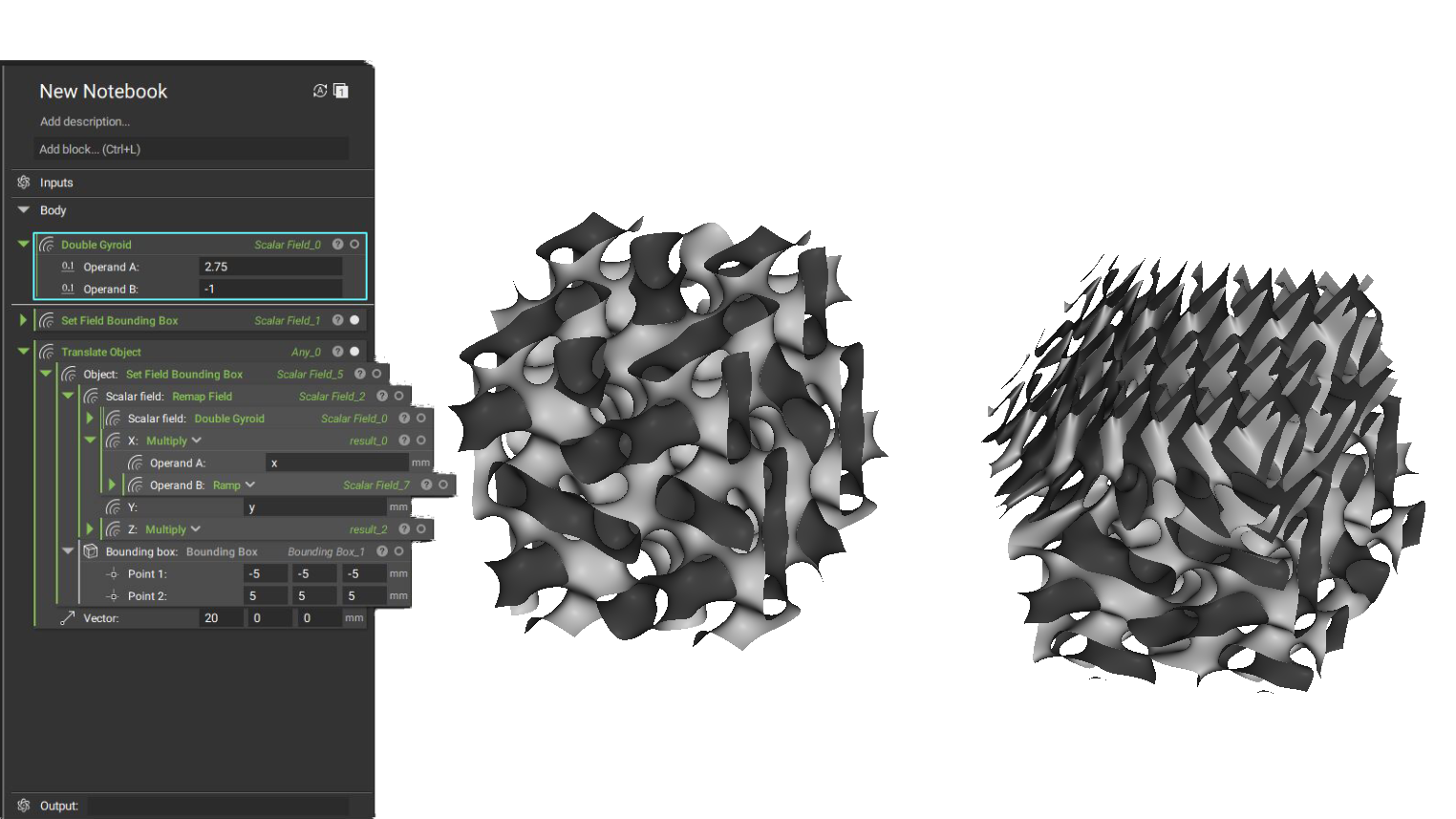
Fig. 4 Double Gyroid Remap.
Working with mathematical functions completely changes the concept of parameterization seen in CAD software. Thanks to these basic mechanics, the software not only allows us to have total control over the highest level of complexity obtainable but also the ability to automate processes to make mass customization scalable. It is possible to create automatic machining trees with customized blocks.
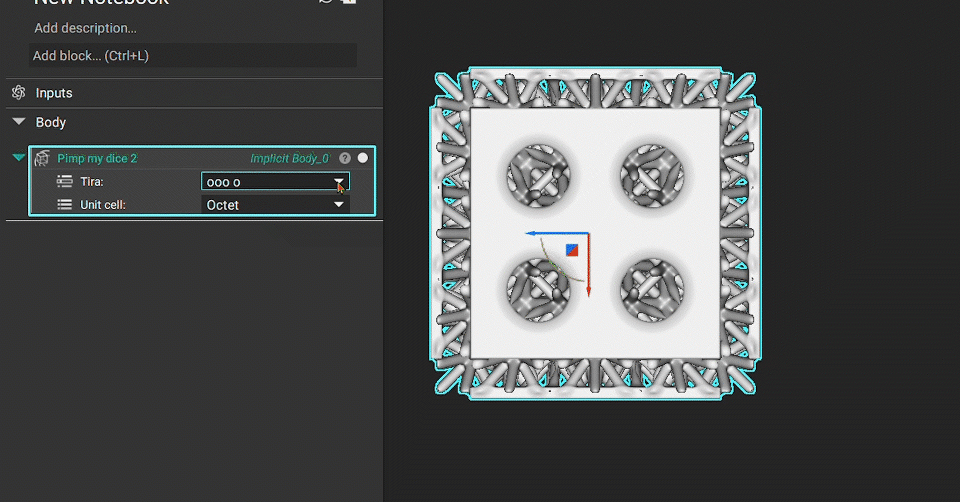
A custom block made once is usable indefinitely. Once the algorithm has been designed, the software can react to external conditions by responding with a certain object.
To sum up:
- Through implicit modeling, we can create complex shapes and have total control over them. This leads to easy control of variables.
- A particular shape, custom structure, or modus operandi can be created and stored in a fully customized algorithm.
- An automated custom block can be created where inputs can be chosen to be calibrated or manipulated by external software sources.





